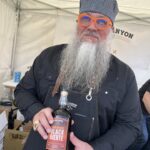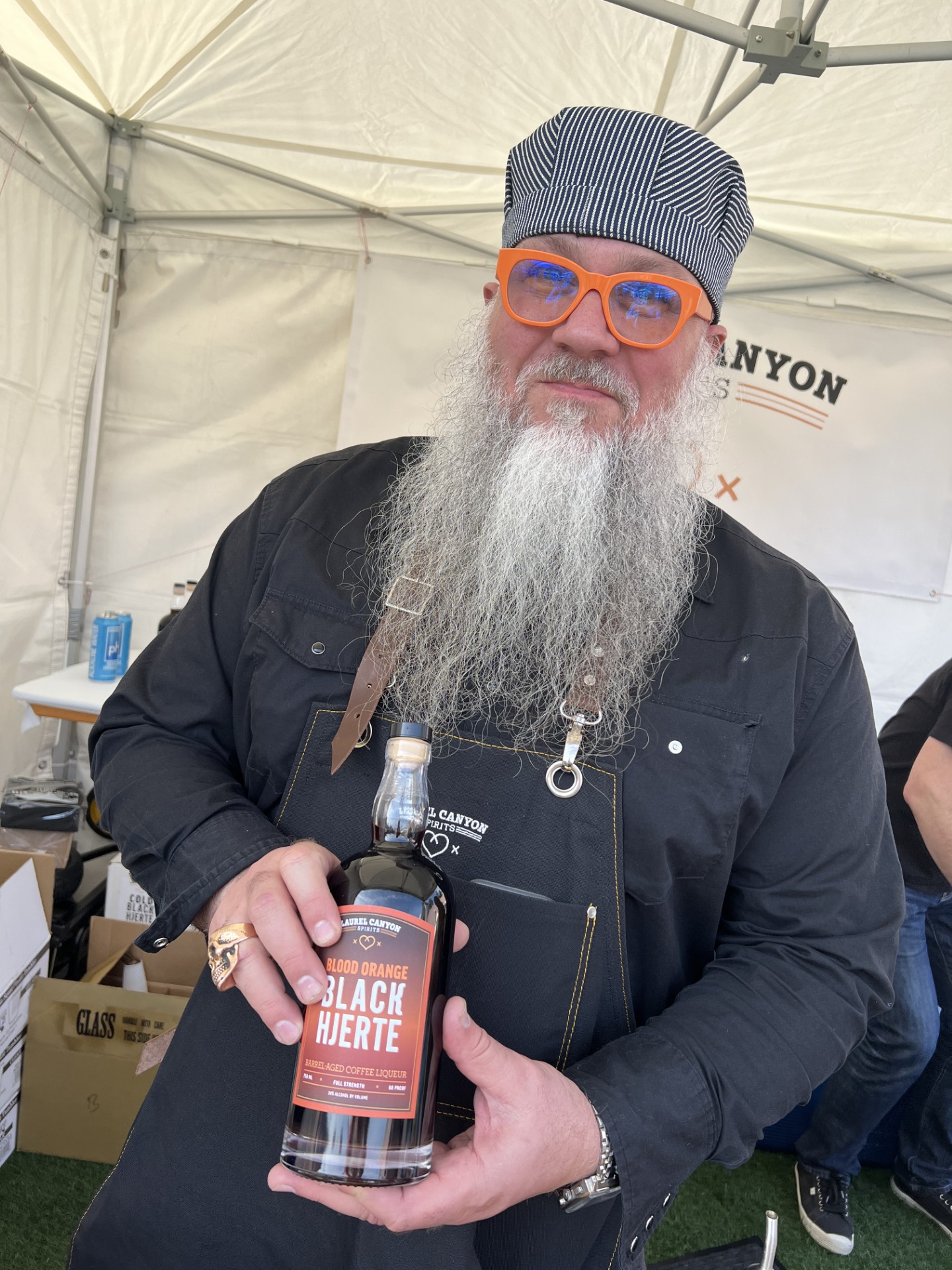This week I’m sharing my space with The Farm Winery in Paso Robles. Why you may ask? Because their answer to the question, why buy an expensive or inexpensive bottle of wine is a comprehensive one, and much more than I could have come up with myself:
A Farm Club member wrote and asked our advice on how to appreciate the difference between a $25 wine and a $75 bottle (other than by looking at the price tag!).
We thought hard about this question – as to answer it has many angles and avenues of approach.

In wine, as in many spheres of life, there is reality, and there are appearances. There are solid products, and there’s marketing. And if you’ve been dipping into the trough of appearance-driven wines, it’s no wonder that they taste similar to each other.
It’s a good moment to be analytical and break down the differences between “medium” and “high-end” wines into various elements. Wine is more than the sum of its parts; nevertheless, it is always insightful to contemplate the parts independently.
What helps me the most when thinking analytically about wine is to think about 7 elements: Fruit Texture, Tannin Structure, Freshness, Minerality, Complexity, Terroir Expression and Balance.
Fruit Texture: I like to use a textile simile for this. High-end wines are like luxurious Egyptian cotton bedsheets which have a high thread count. Fruit texture is similar to the tightness of the weave. These wines fill and coat your mouth. As the quality of the wine decreases, you can sense a lessening of the texture, all the way to an open weave like burlap (you don’t want those wines!)
Tannin Structure: Here we need to examine both quality and quantity. Tannin structure has a tactile, physical sensation, and its quality is like higher grit sandpaper – what we call “fine-grained tannins”, the better the wine. And vice-versa. On the other hand, the tannin quantity variable does not directly define quality. It is rather a balancing act. A great wine will have enough tannin to give it a good backbone. Not too much, which would turn it rigid. Not too little, which could be conducive to flabbiness.
Freshness! So many words to describe acidity: Sour, vertical, sharp, cutting, vibrant, fresh. Some of these descriptors are a good thing, others less so. And like tannin, it’s about the balance of quantity and absolute quality. High-quality wine has ripe acidity and is mouthwatering, cool, and fresh. This acidity is an uplift to the fruit and the aromas.
Minerality: To paraphrase a famous jurisprudence quote: “I cannot define it, but I know it when I see/taste it.” A source of endless controversy because of the difficulty of codifying minerality. But a source of pleasure and interest in wines that exhibit this attribute, with its elusive definitions of rocks or graphite or slate or chalk or tar. Minerality, like complexity, correlates to lower vineyard yields.
Complexity: This one is easy to think of. More elements within the wine make it more interesting and more balanced. As this normally occurs at lower levels of grape production per acre, you’ll find wine complexity, wine quality, and wine price highly correlated. I’ll speak little on this here because ultimately complexity is a build-up of Fruit, Tannin, Freshness, and Minerality. So it is an attribute that is the sum of other attributes.
Terroir Expression: Every grape grower that I know speaks about the terroir expression of the wines made with his grapes. Real terroir is that difficult-to-describe, ineffable, ethereal quality that defines wines that taste of a place, wines that have personality and character. And sumptuous wines with terroir expression are more expensive because they are rare. Most vineyards deliver fruit character. Some are better than others, but only good fruit. What we call “varietal typicity.” A Cab that tastes like Cabernet Sauvignon. A Pinoesque Pinot Noir. A Malbec with classic plum flavors and aromas.
Balance: The final element which you should experience with a more expensive bottle. Neither the alcohol, nor tannins, nor acidity, nor fruit dominates. Rather, a ‘feng shui’ where you experience harmony and while you sip, everything just “feels right.”
Real character in a wine engages all your senses. It compels you to travel, either through places or through time. It is the start of the road of “interest” for wine. And it is a road that ends in “emotion.” Because there are wines that engage all your being to such a degree, that the small hairs of your arms stand on end, a shiver runs down your back, and a highly suspicious brightness fills your eyes.
At The Farm Winery, we’ve made our mission in life to find those vineyards with the potential to deliver (once farmed the right way) the kind of grapes that then can give birth to these kinds of wines. That’s how, for example, we came to have several Cabs that are dramatically different from each other, despite all coming from Paso’s Westside. Taste Cardinal, LPF and Old Union side by side. No need to be a super-taster. Reality jumps out of the glass. Authority that comes from the vineyard, not from the winery process, or the brand of barrels used.
This is what inspires us.
Cheers, The Farm Winery Gang
www.TheFarmWinery.com









